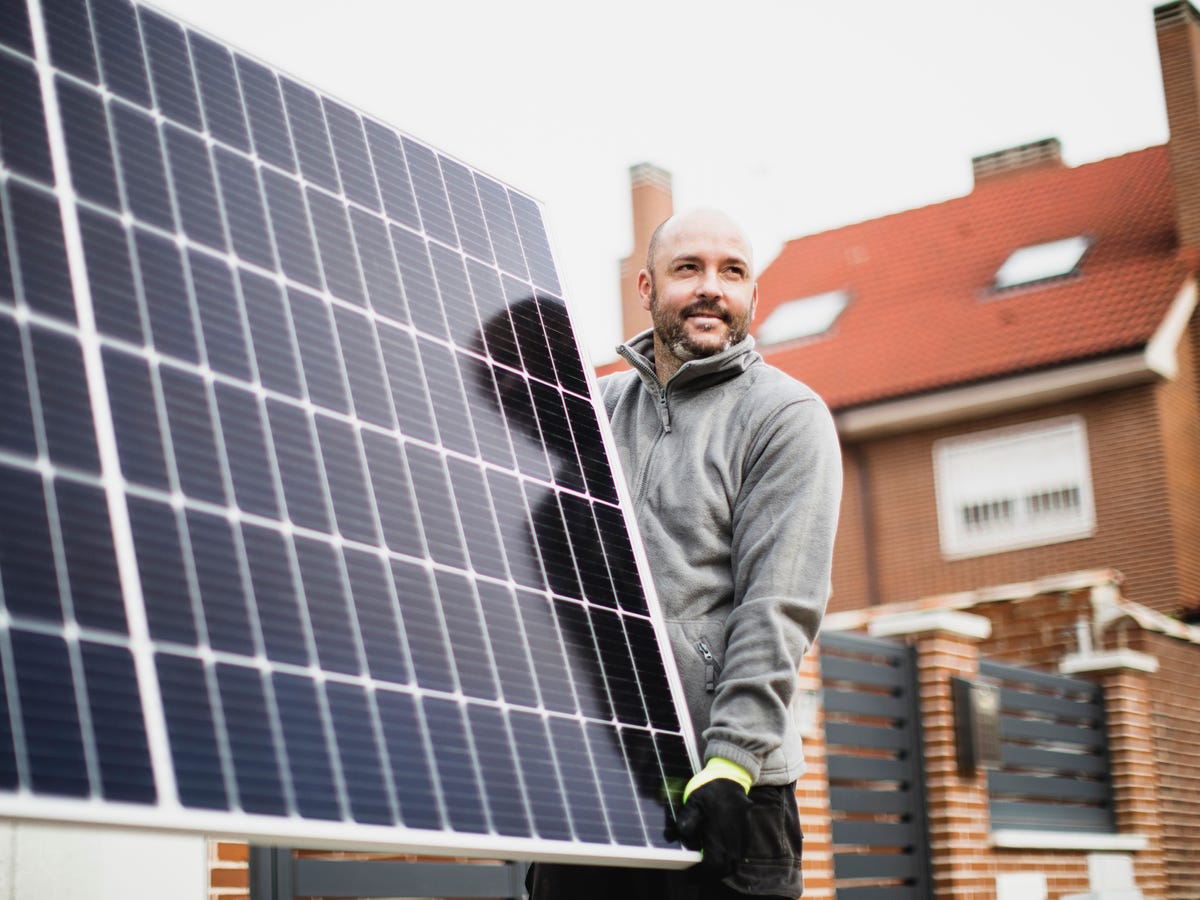
Navigating Sustainability: Renewable Energy Choices
Embarking on a sustainable energy journey involves thoughtful consideration of various renewable energy choices. This article guides you through the landscape of clean energy alternatives, exploring the benefits, technologies, and factors influencing the decision-making process.
Diverse Renewable Options for a Greener Future
The array of renewable energy choices available today is diverse. Solar, wind, hydropower, geothermal, and biomass are leading the charge. Each option harnesses natural resources to generate electricity with minimal environmental impact. Understanding the characteristics of these choices is crucial for making informed decisions tailored to individual needs and geographical considerations.
Solar Power: Harnessing the Sun’s Abundance
Solar power stands as a symbol of abundant and clean energy. Photovoltaic cells convert sunlight into electricity, offering a decentralized and scalable solution. With advancements in technology and decreasing costs, solar panels are becoming more accessible for residential, commercial, and industrial applications, providing a sustainable energy choice for a brighter future.
Harvesting the Wind: Wind Power Solutions
Wind power is a dynamic and ever-expanding renewable energy choice. Wind turbines capture the kinetic energy of the wind and convert it into electrical power. As wind technology advances, larger and more efficient turbines are deployed, contributing significantly to the global shift toward sustainable energy. Wind farms and small-scale wind turbines offer versatile options for harnessing the power of the breeze.
Flowing Energy: Hydropower’s Hydroelectric Solutions
Hydropower, a longstanding renewable energy choice, harnesses the energy of flowing water to generate electricity. Whether through large-scale hydroelectric dams or smaller run-of-the-river projects, hydropower provides a reliable and consistent source of clean energy. The environmental impact and sustainability of hydropower depend on careful planning and consideration of ecological factors.
Beneath the Surface: Geothermal Energy Unleashed
Geothermal energy taps into the Earth’s internal heat, offering a continuous and renewable power source. Geothermal power plants and heat pumps harness the Earth’s thermal energy for electricity generation and heating applications. With minimal greenhouse gas emissions and a small environmental footprint, geothermal energy represents a reliable and sustainable option.
Biomass and Bioenergy: Recycling Organic Materials
Biomass and bioenergy solutions recycle organic materials to generate power. From wood pellets to biofuels, these options utilize organic waste to produce electricity, heat, and transportation fuels. Biomass energy is considered carbon-neutral, as the carbon dioxide released during combustion is offset by the carbon absorbed by the plants during their growth, making it a sustainable choice.
Decoding the Decision-Making Process
Choosing the right renewable energy option involves a comprehensive decision-making process. Factors such as geographical location, climate conditions, available resources, and financial considerations all play a role. Conducting a thorough analysis and consulting with renewable energy experts can help individuals and businesses make informed decisions aligned with their sustainability goals.
The Intersection of Technology and Sustainability
Advancements in technology are pivotal in enhancing the efficiency and viability of renewable energy choices. From more efficient solar panels to advanced wind turbine designs, ongoing research and innovation drive the evolution of clean energy technologies. Embracing these technological strides is essential for creating a resilient and sustainable energy infrastructure.
Economic Viability and Financial Incentives
Evaluating the economic viability of renewable energy choices is a critical aspect of the decision-making process. Governments and institutions worldwide offer financial incentives, tax credits, and subsidies to encourage the adoption of clean energy. Understanding and leveraging these financial benefits can make renewable energy solutions more economically attractive and accelerate the transition to sustainable power.
Empowering Communities through Education
Education and awareness initiatives play a pivotal role in promoting renewable energy choices. By empowering communities with knowledge about the benefits of clean energy, the environmental impact of traditional energy sources, and the available alternatives, society can actively participate in creating a more sustainable and resilient energy landscape. Educational outreach fosters a collective commitment to a greener future.
Conclusion: Charting a Sustainable Course
In conclusion, the array of renewable energy choices presents a landscape of possibilities for a sustainable and resilient future. Whether through solar, wind, hydropower, geothermal, or biomass, individuals and communities have the power to make choices that positively impact the planet. To explore more about renewable energy choices and navigate the path to sustainability, visit Renewable Energy Choices.



:max_bytes(150000):strip_icc()/gravel-patio-how-to-4174020-hero-086c42f32f294d35b89356243a52f7a4.jpg)